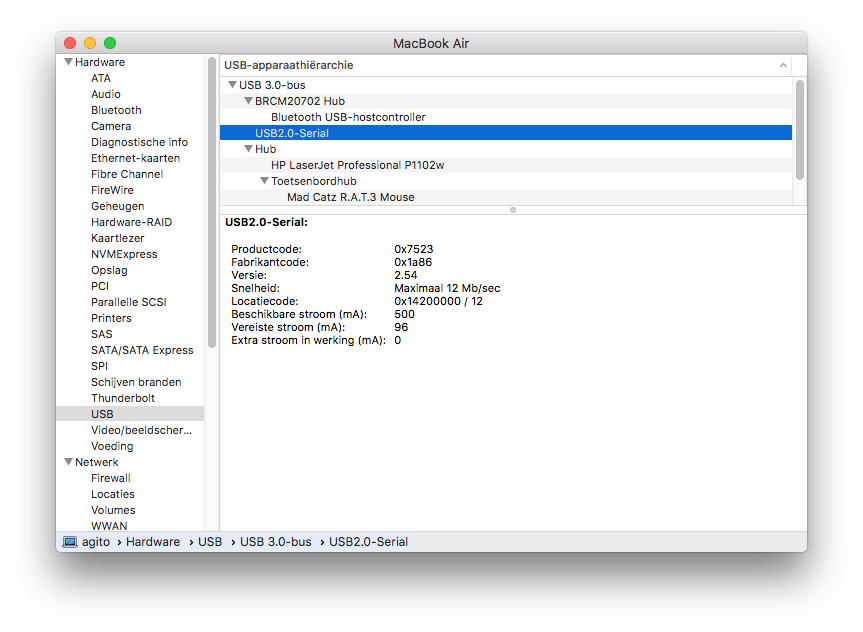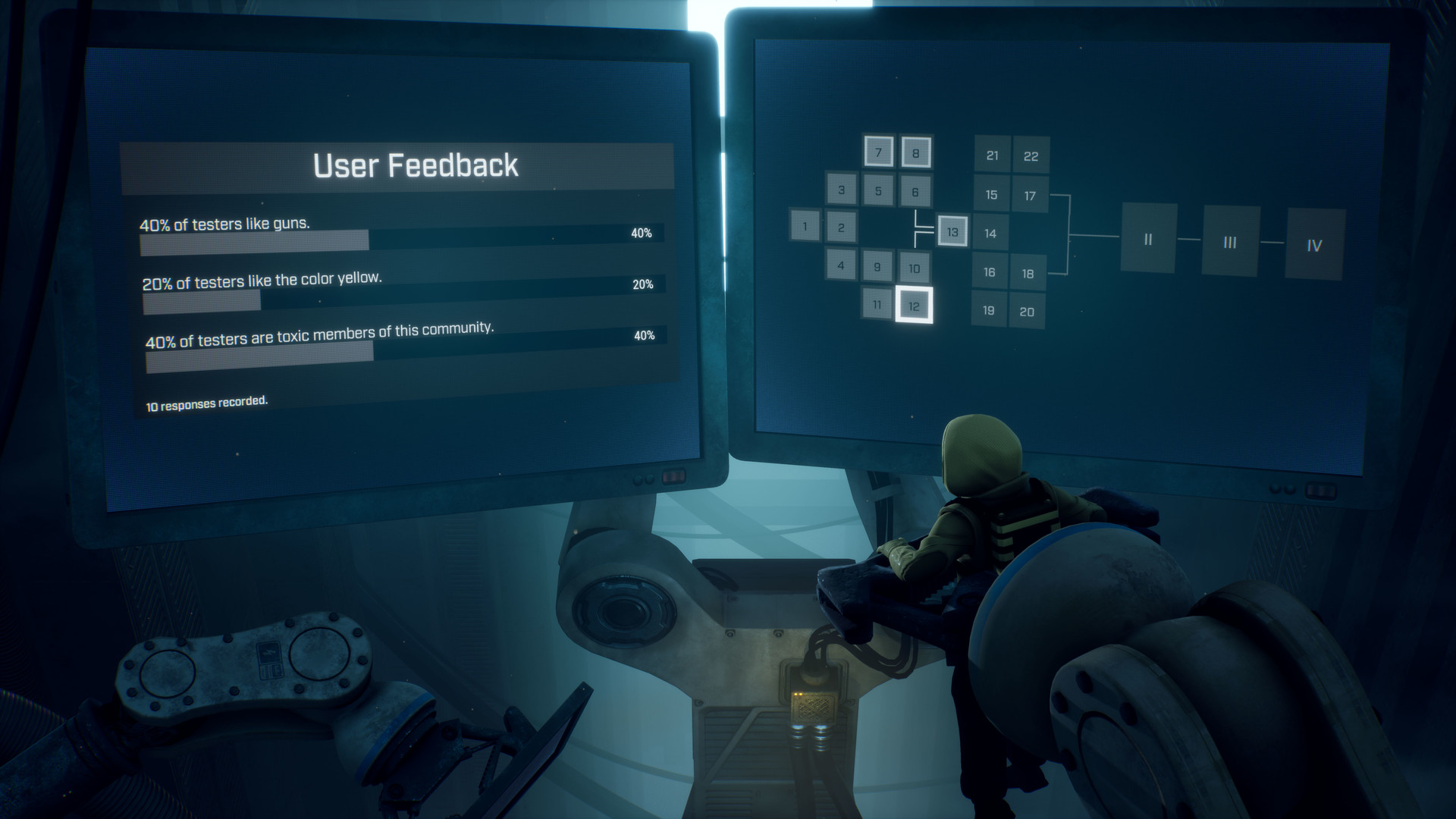Python Remote Administration Tool (RAT) python windows linux reverse-shell cross-platform nsis rat mac-osx keylogger payload Updated Dec 28, 2020. Reset password for Onyen UNC Guest ID or get help. Important To protect your personal information, you must close every instance of this browser that is open on your computer when you log out. Portal is a series of first-person puzzle-platform video games developed by Valve.Set in the Half-Life universe, the two main games in the series, Portal (2007) and Portal 2 (2011), center on a woman, Chell, forced to undergo a series of tests within the Aperture Science Enrichment Center by a malicious artificial intelligence, GLaDOS, that controls the facility.
Lab Rat Mac Os Download
🔥 SUBSCRIBE 👍 Buy a funny T-shirt👉 Turn on notifications to stay updated with new uploads!Do you remembe. Explore the world of Mac. Keep jeff alive mac os. Check out MacBook Pro, MacBook Air, iMac, Mac mini, and more. Visit the Apple site to learn, buy, and get support.

For more than a decade, a debate has rumbled on: are Macs more secure and less prone to malware than Windows computers?
As more malware targeting Macs entered the scene, Windows devotees used that to make the case that Apple's technology was no more secure than all the others. Mac fans have responded with endless examples of how Windows is targeted much more often.
In the past week, debate has been rekindled by a series of articles questioning Mac security:
- TechRadar reported that Proton – a RAT (remote access trojan) targeting macOS – was circulating in an underground Russian cybercrime forum.
- Forbes published an article about how macOS isn't as secure as its users think, based on a blog post from Thomas Reed, director of Mac offerings at Malwarebytes Labs.
- Macworld didn't directly address those articles in a piece it published Monday about Mac security, but it did acknowledge the threats are real.
In the big picture, which operating systems attract more malware is beside the point. Windows may be targeted more often, but if you're the Mac user who gets victimized by tainted code, the tally doesn't matter. For Mac users, the important thing is to raise awareness of the threats they face and explain what they can do about it.
Below is a look at the Mac malware SophosLabs has intercepted, analyzed and protected customers against, followed by recent issues Naked Security has written about. From there, we look at some tips to ensure better protection.
View from the lab
Mac malware has been studied at length by SophosLabs, and in a 2017 malware forecast released last month, it warned that more threats are coming, including several varieties of ransomware.
Xinran Wu, a senior threat researcher with SophosLabs who specializes in Mac malware, said MacOS tends to be more a victim of nuisance programs known as potentially unwanted applications (PUA) – adware, for example. From his vantage point, Mac malware tends to be more targeted than the drive-by downloads that have caused a lot of past damage across the operating system landscape. He explained:
Lab Rat Mac Os 11
Over the past few years, there have been limited numbers of malware families discovered each year. Most of them seem to be targeted rather than drive-by. Technically speaking, there are lots of things that are possible for malware. My guess is that the GateKeeper feature and payment required for getting Apple developer accounts to sign and distribute software, coupled with low market share, might have helped with the lack of drive-by malware for Mac platform.
Gatekeeper is a new feature in Mountain Lion and OS X Lion v10.7.5 that builds on OS X's existing malware checks to help protect Macs from malware and misbehaving apps downloaded from the internet.
Wu said the lab intercepts a lot of PUA families that are constantly being updated and 'aggressively pushed' at Sophos customers.
Recent threats
In addition to the malware mentioned in the SophosLabs malware forecast, Naked Security has covered a large number of Mac-based threats. For example:
- On February 28, we wrote about ransomware detected and blocked by Sophos as OSX/Filecode-K and OSX/Filecode-L, written in the Swift programming language.
- On January 24, we wrote about how Apple's macOS Sierra 10.12.3 security update addressed significant vulnerabilities attackers could use to hijack Mac and iPhone devices.
- On December 14, we wrote about another Mac security update to address vulnerabilities that, if exploited, allowed attackers to hit users with drive-by downloads.
Defensive measures

For more than a decade, a debate has rumbled on: are Macs more secure and less prone to malware than Windows computers?
As more malware targeting Macs entered the scene, Windows devotees used that to make the case that Apple's technology was no more secure than all the others. Mac fans have responded with endless examples of how Windows is targeted much more often.
In the past week, debate has been rekindled by a series of articles questioning Mac security:
- TechRadar reported that Proton – a RAT (remote access trojan) targeting macOS – was circulating in an underground Russian cybercrime forum.
- Forbes published an article about how macOS isn't as secure as its users think, based on a blog post from Thomas Reed, director of Mac offerings at Malwarebytes Labs.
- Macworld didn't directly address those articles in a piece it published Monday about Mac security, but it did acknowledge the threats are real.
In the big picture, which operating systems attract more malware is beside the point. Windows may be targeted more often, but if you're the Mac user who gets victimized by tainted code, the tally doesn't matter. For Mac users, the important thing is to raise awareness of the threats they face and explain what they can do about it.
Below is a look at the Mac malware SophosLabs has intercepted, analyzed and protected customers against, followed by recent issues Naked Security has written about. From there, we look at some tips to ensure better protection.
View from the lab
Mac malware has been studied at length by SophosLabs, and in a 2017 malware forecast released last month, it warned that more threats are coming, including several varieties of ransomware.
Xinran Wu, a senior threat researcher with SophosLabs who specializes in Mac malware, said MacOS tends to be more a victim of nuisance programs known as potentially unwanted applications (PUA) – adware, for example. From his vantage point, Mac malware tends to be more targeted than the drive-by downloads that have caused a lot of past damage across the operating system landscape. He explained:
Lab Rat Mac Os 11
Over the past few years, there have been limited numbers of malware families discovered each year. Most of them seem to be targeted rather than drive-by. Technically speaking, there are lots of things that are possible for malware. My guess is that the GateKeeper feature and payment required for getting Apple developer accounts to sign and distribute software, coupled with low market share, might have helped with the lack of drive-by malware for Mac platform.
Gatekeeper is a new feature in Mountain Lion and OS X Lion v10.7.5 that builds on OS X's existing malware checks to help protect Macs from malware and misbehaving apps downloaded from the internet.
Wu said the lab intercepts a lot of PUA families that are constantly being updated and 'aggressively pushed' at Sophos customers.
Recent threats
In addition to the malware mentioned in the SophosLabs malware forecast, Naked Security has covered a large number of Mac-based threats. For example:
- On February 28, we wrote about ransomware detected and blocked by Sophos as OSX/Filecode-K and OSX/Filecode-L, written in the Swift programming language.
- On January 24, we wrote about how Apple's macOS Sierra 10.12.3 security update addressed significant vulnerabilities attackers could use to hijack Mac and iPhone devices.
- On December 14, we wrote about another Mac security update to address vulnerabilities that, if exploited, allowed attackers to hit users with drive-by downloads.
Defensive measures
Now that we've mapped out the various threats, let's delve into some things users can do to protect themselves. First, some suggestions for dealing with ransomware:
- Read our advice on avoiding ransomware. Your best defense against any sort of malware is not to get infected in the first place.
- Listen to our podcast on dealing with ransomware. We explain what you need to know in plain English.
- Make regular backups and keep at least one copy offline. Ransomware is only one of many sudden ways to lose your precious data.
- Try our free Sophos Home product to protect your Mac. Anti-virus and web filtering is for everyone, not just for Windows.
Other tips:
- Consider using a real-time anti-virus on your Mac, even (or perhaps especially) if you have managed unharmed for years without one.
- When Apple releases a security update, don't put it off. Download it immediately.

